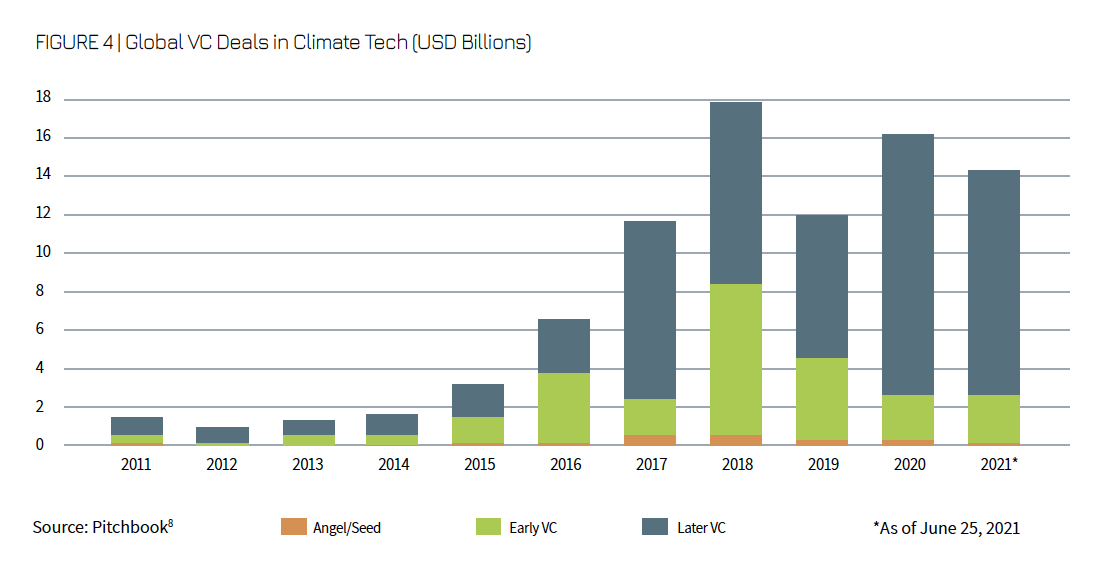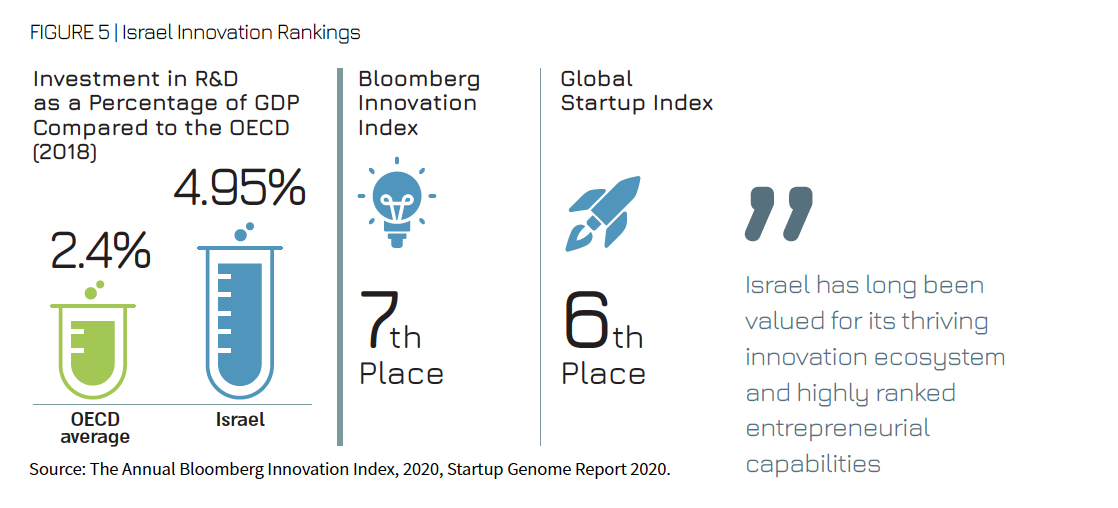Climate Change – Averting limate Catastrophe
Climate change represents an urgent and potentially irreversible threat to humanity and to the planet. The Sixth IPCC Report demonstrates the unequivocal role of human influence in the warming of the atmosphere, ocean, and land, leading to changes in the climate system as a whole, as well as frequency and intensity of extreme weather events (Figure 1).

Bold, rapid, and sustained reductions in CO2, methane, and other greenhouse gases (GHGs) are necessary to limit global warming.1 The main aim of the 2015 Paris Agreement, ratified by 191 countries, is to reduce global greenhouse gas emissions such that the rise in mean global temperature will be limited to well below 2°C, preferably to 1.5°C, compared to pre-industrial levels. This entails a reduction of about 50% from the 2019 emission level of 52.4 Gt CO2e by 2030 and attaining net zero emissions by 2050.
To date, emission trends and pledged national commitments fall well short of the Paris Agreement goals (Figure 3). The emissions gap is large (20-23 Gt CO2e), and the projected temperature increase in line with current policies is 2.7-3.1°C.
Potential of Technologies Towards Climate Mitigation and Adaptation
The development and transfer of technologies has been recognized as an essential core enabling element if we are to meet current pledges, minimize the emission gap, and ensure that the balance of CO2e added to the atmosphere is net zero. Broad deployment of existing technologies as well as scaleup and adoption of early-stage technologies have the potential to reduce global emissions by about two-thirds (P4 pathway defined by the IPCC, Figure 2). The remaining gap in reducing emissions must be bridged by finding new solutions. Both pathways require measures to address social and institutional barriers to widespread adoption, such as policy changes, new business models, and financial incentives that will enable climate technologies to be implemented feasibly and cost-effectively on a large scale.
Climate technologies address two pathways: (1) Mitigation – reducing the sources of emissions from different sectors such as energy, industry, buildings, transport, food and land-use, alongside enhancing carbon sinks that remove carbon from the atmosphere, and (2) Adaptation – increasing resilience to climate risks and extremes in order to minimize the already apparent adverse impact of climate change that will only be exacerbated in the future.

Source: Boston Consulting Group2
Adapted from Climate Action Tracker3
Global Investments in Climate Tech Investors are increasingly aligning their investment agendas with the mentioned drivers
Climate Technology Drivers
Read More
The urgency of the climate situation provides lucrative business opportunities for climate technology innovations. Prominent drivers incentivizing climate innovation are:
- The rapid acceleration in net zero commitments from governments, cities, business, and the financial sector.
- Government policy interventions together with the beginnings of legislative measures to mitigate climate change.
- Corporates and investors aligning their business disclosures to requirements of ESG reporting and climate risk disclosures such as TFCD and assessing their transition risk should their long-term strategy and activities not be aligned with climate actions.
- The economic and social costs of climate change impacts alongside the economic opportunities of climate change innovations.
. In the first half of 2021, investments in climate technologies surpassed 14 billion USD (Figure 4).4 Annualized, that would easily set a record.
Investments in climate tech increased by 3750% between 2013-2019, and the absolute number and creation rate of climate tech startups as well as the average amount invested per round also increased over the same period.5
As capital continues to be raised at an unprecedented pace, many multi-billion dedicated climate funds have been established. In July 2021 alone, 18.5 billion USD were raised for 4 such funds.6 It is estimated that investments of 3-5 trillion USD a year are needed over the next 30 years (100-150 trillion USD in total) to reach net zero globally.7
These larger entities can play an important role in overcoming some of the common barriers to the adoption and diffusion of disruptive climate technologies, such as (a) long-term “patient” investments; (b) the need for large capital investments; and (c) the lack of a supportive value chain and infrastructure.

8
Israeli Technology – A Thriving Innovation Ecosystem
Israel has long been valued for its thriving innovation ecosystem and highly ranked entrepreneurial capabilities (Figure 5). Among the factors contributing to Israel’s position as a global-tech powerhouse are the country’s success-driven startup and growing companies combined with its groundbreaking academic research, the knowledge and expertise of R&D centers, and the umbrella of a supporting government.

As a result, Israeli technology has historically been a key player in fighting a variety of global challenges. For example, Israeli cybersecurity companies are at the forefront of companies fighting cyber-terrorism: 41% of global cyber funding is invested in Israeli companies and one of every three cyber unicorns in the world is Israeli.9
Could Israeli innovation also be a key player in fighting the global climate crisis?
- 1.IPCC, 2021: Climate Change 2021: The Physical Science Basis. Contribution of Working Group I to the Sixth Assessment Report of the Intergovernmental Panel on Climate Change [Masson-Delmotte, V., P. Zhai, A. Pirani, S. L. Connors, C. Péan, S. Berger, N. Caud, Y. Chen, L. Goldfarb, M. I. Gomis, M. Huang, K. Leitzell, E. Lonnoy, J. B. R. Matthews, T. K. Maycock, T. Waterfield, O. Yelekçi, R. Yu and B. Zhou (eds.)]. Cambridge University Press. Currently in Press.
- 2.https://media-publications.bcg.com/BCG-Executive-Perspectives-Time-for-…
- 3.https://climateactiontracker.org/global/cat-emissions-gaps/
- 4.https://pitchbook.com/news/articles/climate-tech-startups-and-investors…
- 5.PwC, 2020, The State of Climate Tech 2020: The next frontier for venture capital, https://www.pwc.com/gx/en/services/sustainability/ publications/state-of-climate-tech-2020.html
- 6.General Atlantic, Generate Capital and the asset managers TPG and Brookfield with raised funds of 4 billion, 2 billion, 5.4 billion and 7 billion USD respectively
- 7.BCG perspectives, The Time for Climate Action is Now, April 2021, https://media-publications.bcg.com/BCG-Executive-Perspectives-Time-for– Climate-Action.pdf
- 8.https://pitchbook.com/news/articles/climate-tech-startups-and-investors…
- 9.Israel National Cyber Directorate Report 2021

